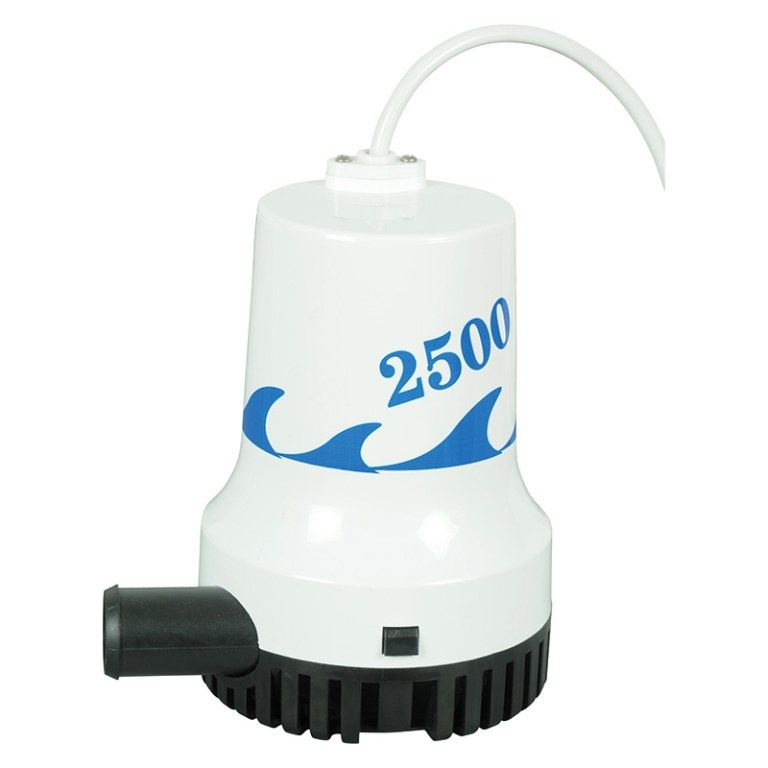Well Pump Head Loss

Short tutorial on how to calculate total dynamic head of industrical pumps.
Well pump head loss. Plus the friction loss to get the required flow at the discharge point. For example transporting water through a 3 5 inch pipe results in 16 2 feet of head loss while a 6 inch pipe has a head loss of only 1 1 feet. In table 4 the head loss drops rapidly as the id increases. Tdh static height static lift friction loss.
The pump head hydraulic head or piezometric head is a specific measurement of liquid pressure above a specific point. Your pump will need at least 30 ft. It is the height to which a pump can raise the water fluid up. All you do is enter your specifications and click the update button to calulate total losses for the system.
Static height is the maximum height reached by the pipe after the pump also known as the discharge head. How to calculate total head of pump. Total dynamic head of pumps calculation. Total dynamic head in an industrial pumping system is the total amount of pressure when water is flowing in a system.
The total head is the sum of the static head remember that the static head can be positive or negative and the friction head. Static lift is the height the water will rise before arriving at the. If you have to pump a liquid up 30 feet and your pump doesn t have at least 30 feet of head then there is no chance it will work. Hydraulic head or piezometric head is a specific measurement of liquid pressure above a vertical datum.
In fluid dynamics total dynamic head tdh is the total equivalent height that a fluid is to be pumped taking into account friction losses in the pipe. It is usually measured as a liquid surface elevation expressed in units of length at the entrance or bottom of a piezometer in an aquifer it can be calculated from the depth to water in a piezometric well a specialized water well and given information of the piezometer s elevation. This calculator allows you to figure out the head loss for pump selection. Then select a pump based on flowrate and total head loss requirements.
The amount of friction depends on the pipe s material internal diameter and length as well as the type of bends and fittings you use. You can select the pump based on the pump manufacturer s catalogue information using the total head and flow required as well as suitability to the application. Write down the total friction loss in feet of head meaning the number of feet you lose from your pumping lift because of friction. It is important to calculate this accurately in order to determine the correct sizing and scale of pumping equipment for your needs.
It is comprised of two parts. Example of total head calculation. This reduction in pipeline head loss allows for the selection of a smaller pump that requires less power. Head loss refers to the total pressure losses sustained by the fluid as it flows from the suction point to the discharge point.
Head loss is caused when the liquid loses momentum as it flows and depends upon fluid viscosity pipe diameter pipe length and accessories such as valves and elbows within the pipework.














































